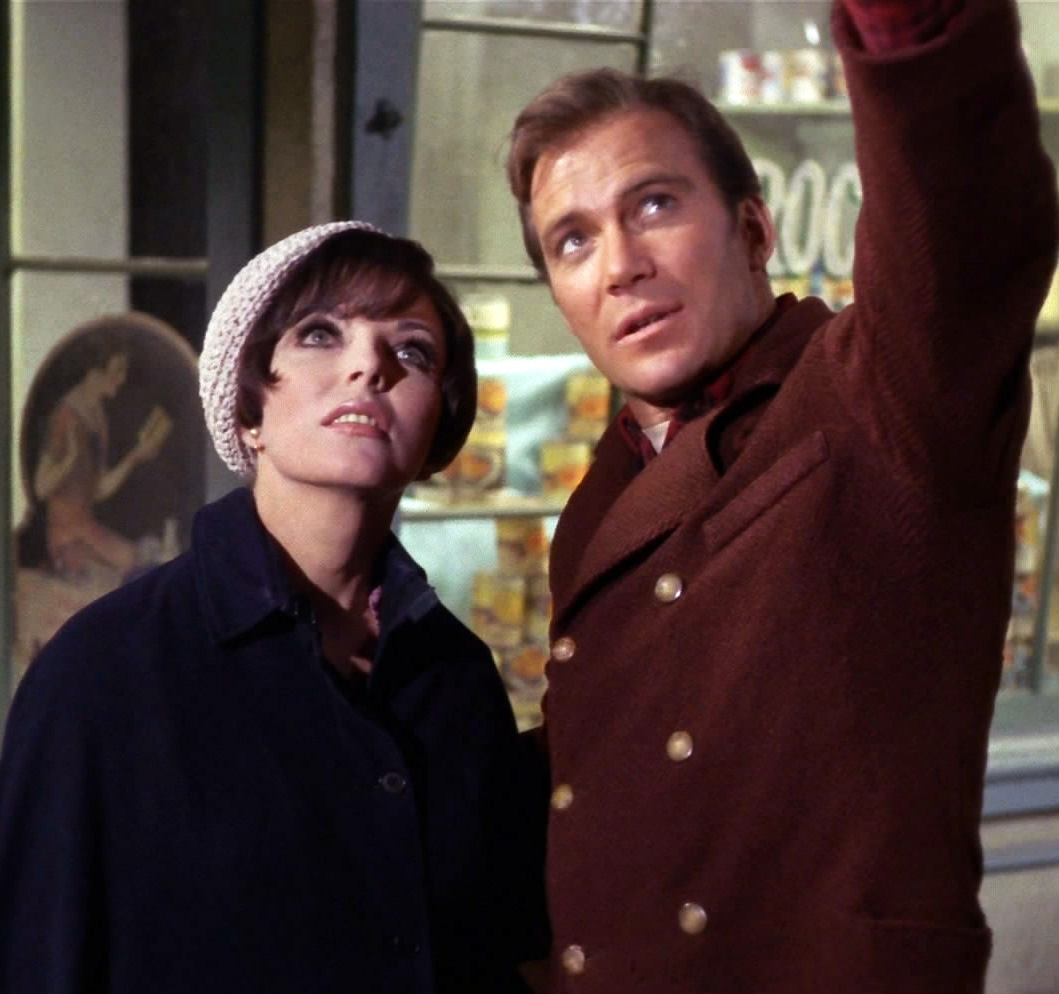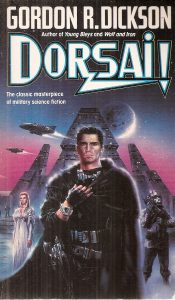“Remember the Titans”
The word for the day is “Oops.” But we’ll come back to that in the spoilers.
To open, what can I say about She Hulk #12 other than, “Score!” This issue is a gem, bereft of any reference to the super-human registration act, Spider-Man’s non-secret identity, Iron Man’s transformation into a super-villain, or any other aspect of the MU’s Civil War. It’s what I’ve loved She-Hulk for being in its two recent incarnations – an oasis of fun comic storytelling in a desert of videogame deaths and dark, muddy artwork.
Remember last time (okay, two times ago) , when I yelled, “You b______, you killed ___?”
Well, now it can be told – Mr. Zix is actually Z9, the Recorder from Rigel. Stu deduced this two issues ago while explaining (in hilariously nauseating detail) the numbering of the many incarnations of She Hulk. During this, he saw a Roman numeral nine (IX) on a long box, et voila. He knew what “Zix” stood for. He went to Zix to say “aha!” (Actually, comic book research specialists for prestigious superhuman law firms hardly ever say, “aha!”) Zix congratulated him on his detective work… and shot him dead.
We pick up two issues later with Zix asking Ditto the shape-changer to pose as Stu, so no one notices that he’s dead. Ditto protests that he can’t fake Stu’s knowledge of decades of comics history and continuity. Zix wryly observes that, in the modern age of comics, no one will notice anyway.
Meanwhile, back on Titan, Eros (Starfox) is back on trial for abusing his powers of love while on earth. But this isn’t a trial, exactly, it’s more of a proceeding intended to clean up young E’s reputation. It’s sort of like Bill Clinton being tried by a Democratic Party ethics committee, or Fox News doing an exposé on George Bush. Eros is on trial by people who want to believe he’s innocent, and are gonna find a way to prove it.
Enter the Living Tribunal, who doesn’t like the fact that the Titans have interfered with Terran justice, and insists that they conduct a /real/ trial of Eros, with impartial observers. He summons his contracted impartial observer from some time back, She Hulk. Together with the Recorder, she travels to Titan to, well, observe. Hilarity, of course, ensues. Mentor makes a terrible witness. He believes his son can do only good. Pip the Troll is a disaster, quite misunderstanding just what testimony will help, and what will hurt his friend. In a violation of her contract so great that anyone can understand it, She Hulk the “impartial witness” takes the stand. Here she learns that Eros did, in fact, use his powers to make he reconcile with John Jameson, which false reconciliation led to her current, unfortunate marriage.
And then Thanos shows up. The big guy. The big bad guy. The death-lover. He must have some family loyalty, for he testifies as to what a swell person his brother his, how Eros was there when he accidentally killed his pet with his great strength, how Eros encouraged him to embrace death, laying his hands on him and… turning on his love powers.
Remember I said the word for the day was “oops?”
Now, I hate retcons. They so smack of a current writer proclaiming himself smarter than a past one. But this one’s just so darn clever, is all. And it doesn’t really mess with Jim Starlin’s legacy on Captain Marvel. It’s more of a neat, unrevealed fact of Titan’s past, and one which reminds us that, even with love in our hearts and the best of intentions, our actions always have unforseen consequences.
It’s nice to see Moondragon, Mentor, Pip and Phyla again. I don’t recall Phyla looking quite so… butch… when Peter David’s /Captain Marvel /was still with us, but… whatever.
A good read, filled with promise for the future. Provided, of course, that we don’t get suck three issues hence into /Bride of M, Marvel Universe: Reconstruction, New Avengers: Some Settlement May Occur in Shipping, /or whatever the next cynical, cash-hungry crossover event is.
She-Hulk, Volume Four, Issue Twelve
Rating: 4.75
Writer: Dan Slott
Pencils: Rick Burchett
Inks: Cliff Rathburn
Colors: Avalon Studios’ Dave Kemp
Letterer: Dave Sharpe
Asst Editors: Lazer & Stitterson
Editor: Tom Brevoort
Editor-in-Chief: Joe Quesada
Publisher: Dan Buckley
NOV 2006
2.99
Rated T+
Cover by Greg Horn

 The granddaddy of depressing SF TV, in an age that had only known the likes of Tom Corbett, Voyage to the Bottom of the Sea and Lost in Space, though The Twilight Zone had delivered us some dark stuff, I find the likes of “The Monsters are Due on Maple Street” and “Time Enough at Last” to be more delightfully ironic character pieces with twisted, almost Poe-like endings. They didn’t depress me or rob me of hope. Nuclear holocausts are too big to absorb, and the small tragedy of the last man on Earth losing his glasses just as he finally has time to read books is almost humorous in the face of the loss of the human race. And a man being shot because paranoia has whipped his neighbors into Xenophobic fury? Suckage, yes, but suckage that lets the viewer shake his finger at the screen and say “I’m glad I’m more enlightened than those idiots!”
The granddaddy of depressing SF TV, in an age that had only known the likes of Tom Corbett, Voyage to the Bottom of the Sea and Lost in Space, though The Twilight Zone had delivered us some dark stuff, I find the likes of “The Monsters are Due on Maple Street” and “Time Enough at Last” to be more delightfully ironic character pieces with twisted, almost Poe-like endings. They didn’t depress me or rob me of hope. Nuclear holocausts are too big to absorb, and the small tragedy of the last man on Earth losing his glasses just as he finally has time to read books is almost humorous in the face of the loss of the human race. And a man being shot because paranoia has whipped his neighbors into Xenophobic fury? Suckage, yes, but suckage that lets the viewer shake his finger at the screen and say “I’m glad I’m more enlightened than those idiots!”
 So, it was about 1981. My Mall still had an independent bookstore (It grew later to have two chain bookstores, and now it has none.) I was at a point where I was fascinated by Star Trek, probably fueled by Vonda McIntyre’s excellent novel, The Entropy Effect. Certainly, in 1981, no one was excited by the Star Trek movies, as Harve Bennett had not yet rescued the franchise. There was no TV Show. I had devoured Alan Dean Foster’s Star Trek Logs series, and had enjoyed (as I mentioned a few months back) a book call Bantam Books licensed Star Trek novel titled Devil World by Gordon Eklund.
So, it was about 1981. My Mall still had an independent bookstore (It grew later to have two chain bookstores, and now it has none.) I was at a point where I was fascinated by Star Trek, probably fueled by Vonda McIntyre’s excellent novel, The Entropy Effect. Certainly, in 1981, no one was excited by the Star Trek movies, as Harve Bennett had not yet rescued the franchise. There was no TV Show. I had devoured Alan Dean Foster’s Star Trek Logs series, and had enjoyed (as I mentioned a few months back) a book call Bantam Books licensed Star Trek novel titled Devil World by Gordon Eklund.